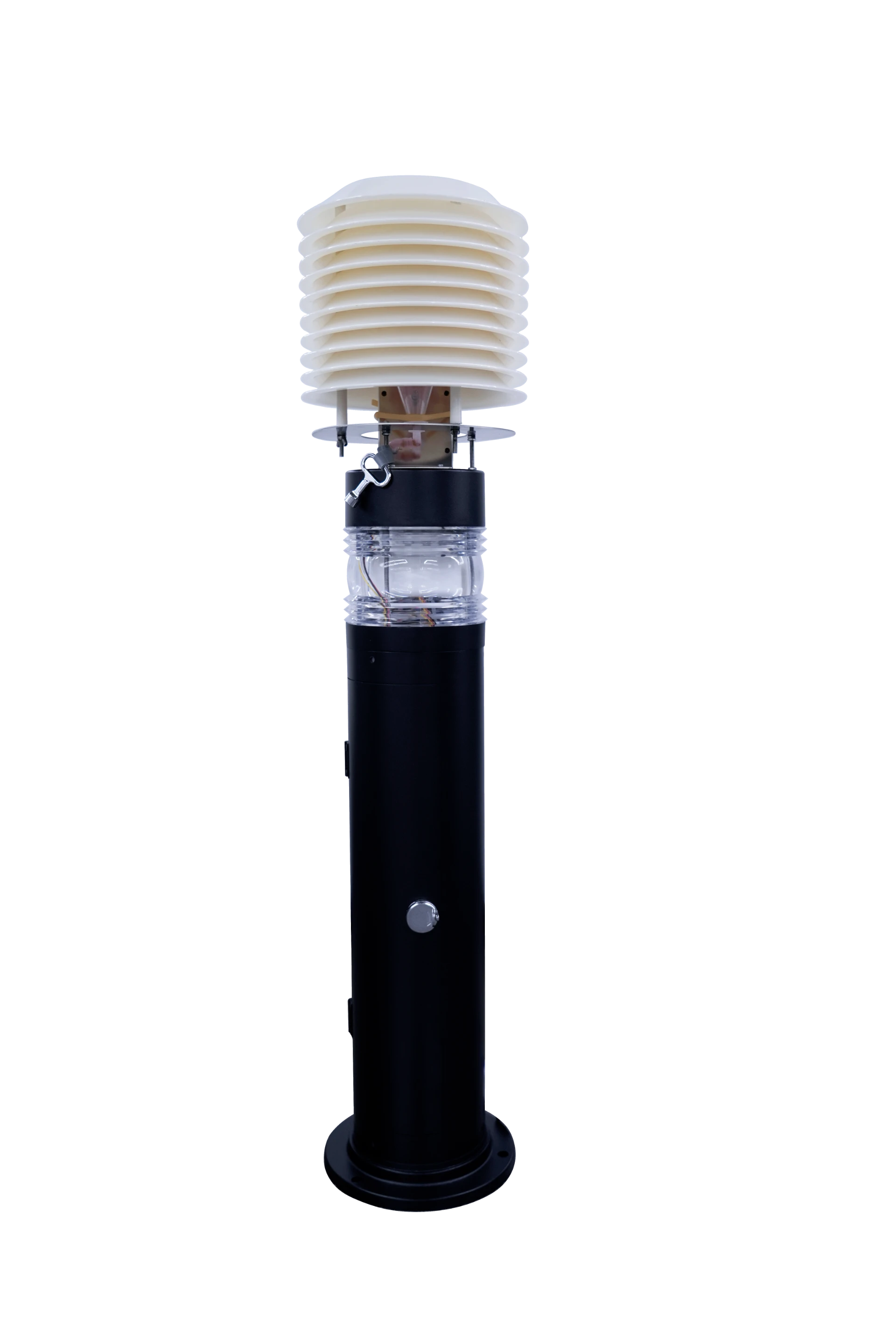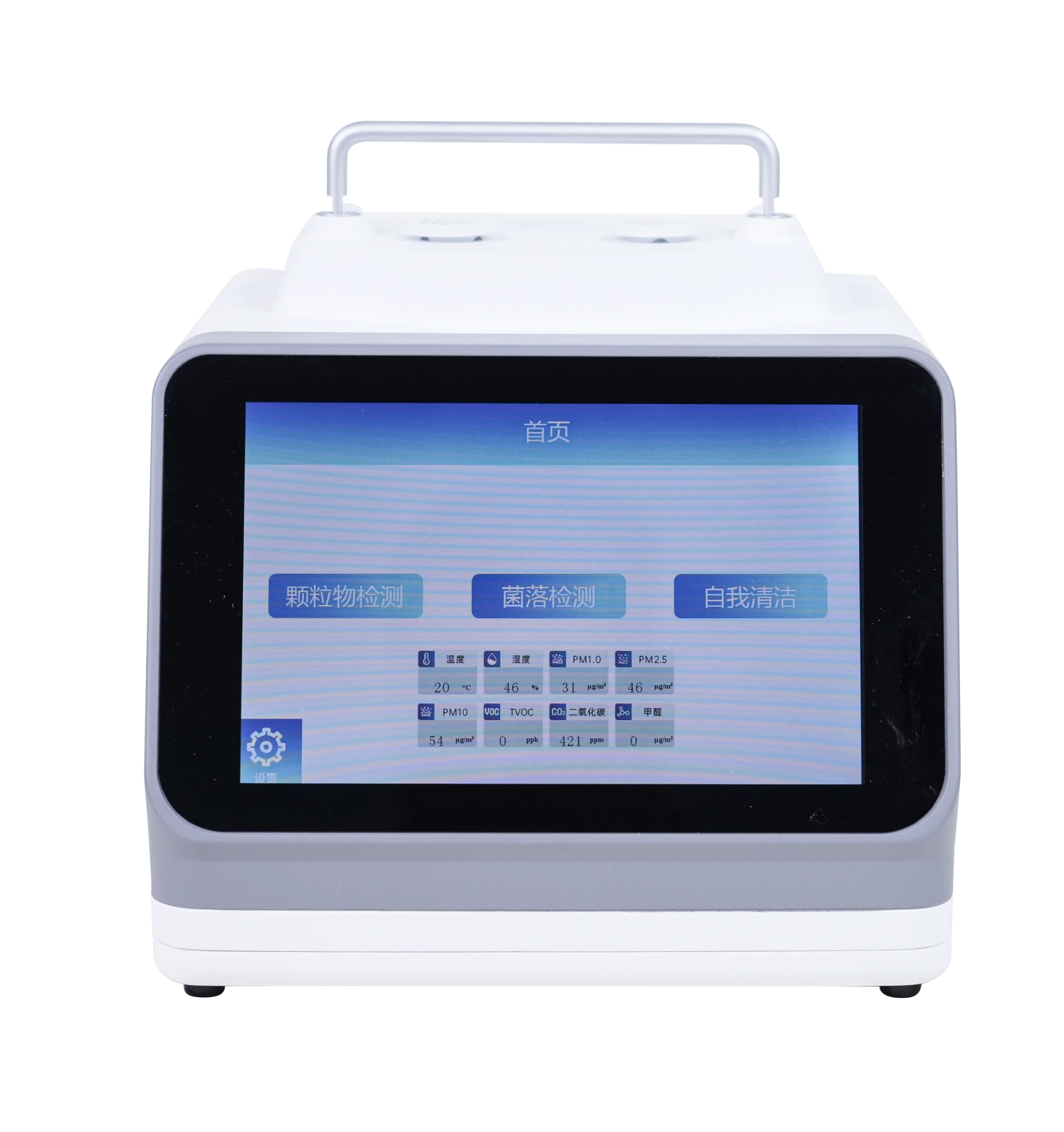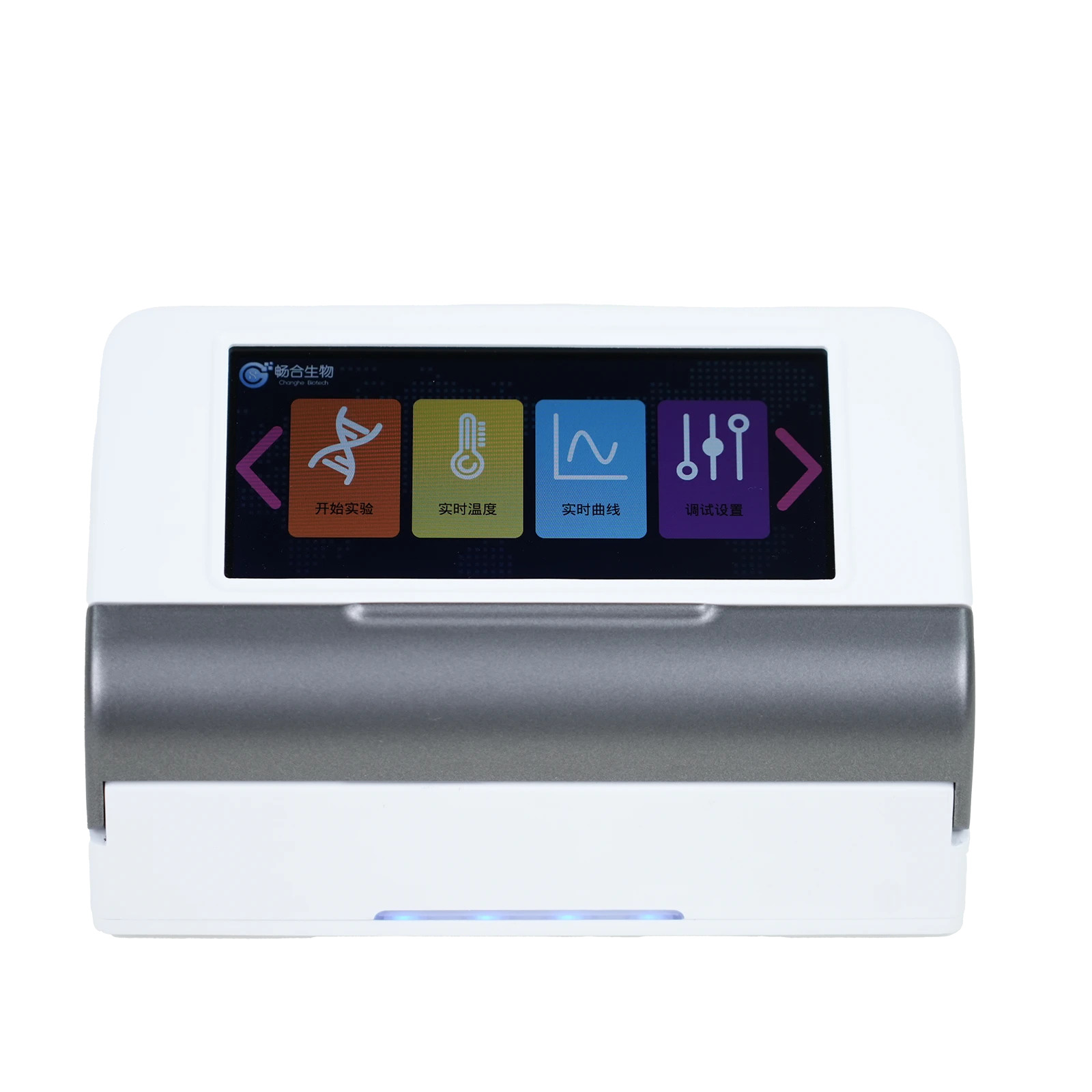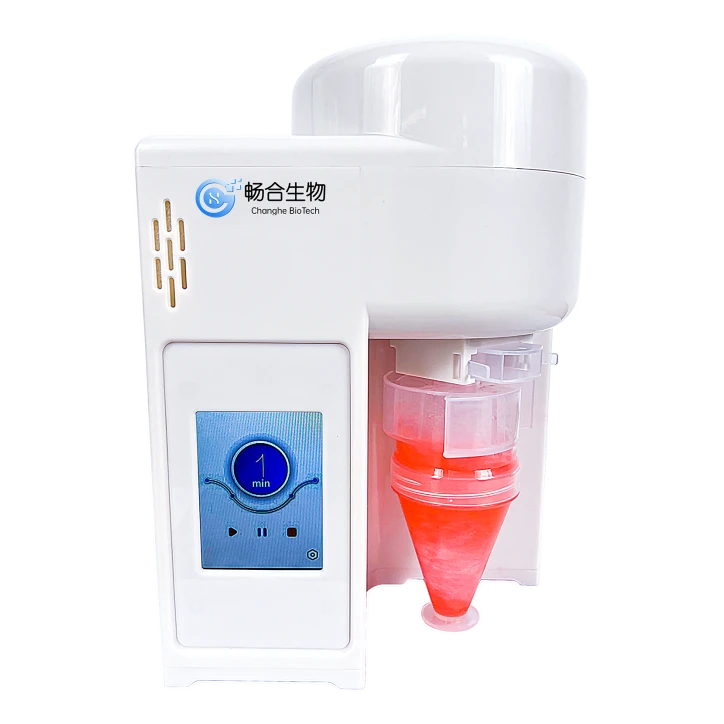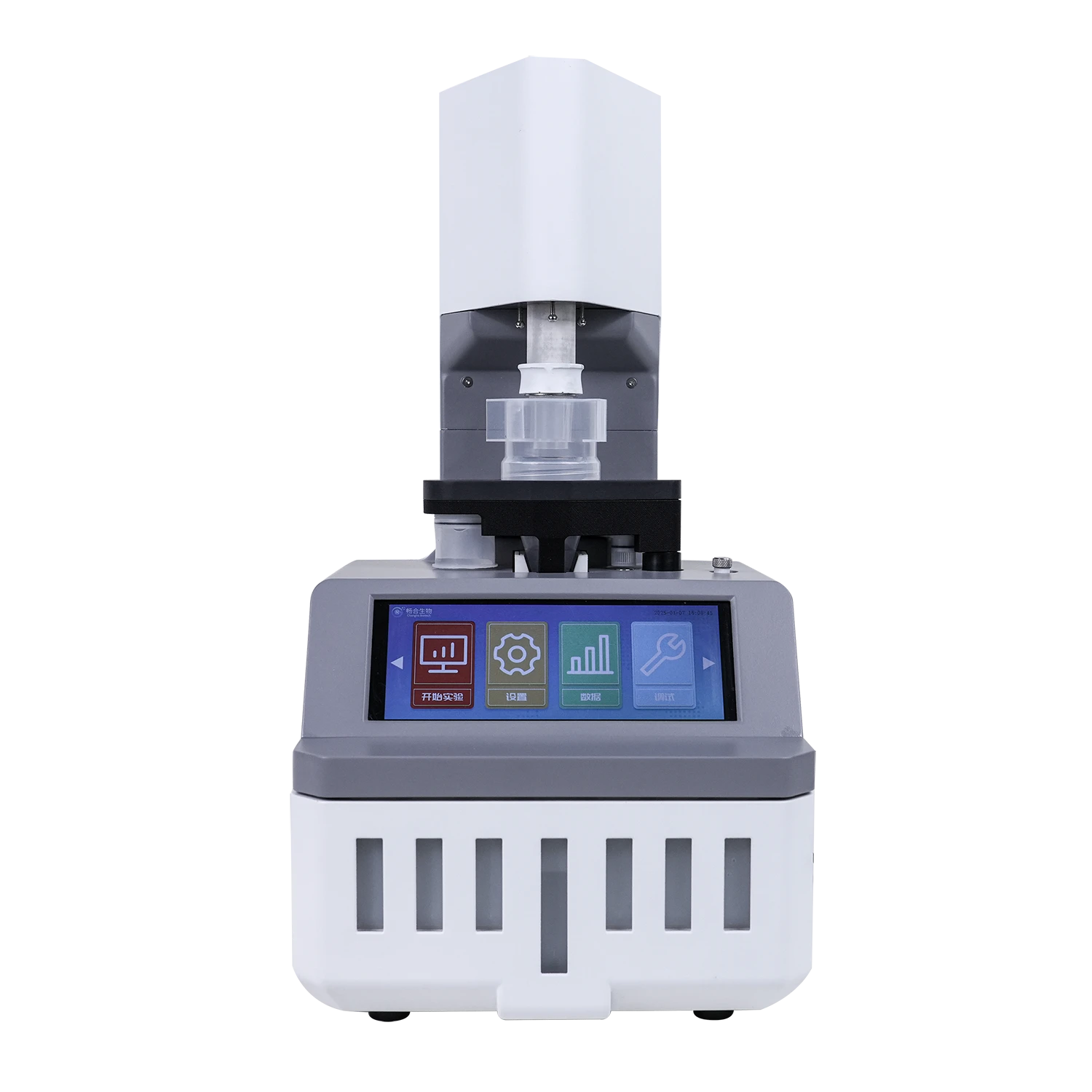
Real Time Fluorescence Quantitative PCR Machine – High Sensitivity, Accurate Quantification
- Overview and Importance of Real Time Fluorescence Quantitative PCR
- Principles and Workflow of Fluorescence Quantitative PCR
- Technical Advantages and Data Insights
- Comparative Analysis of Leading Vendors
- Customization Options and Flexible Solutions
- Diverse Application Scenarios and Case Studies
- Summary: Driving the Future of Molecular Diagnostics with Real Time Fluorescence Quantitative PCR
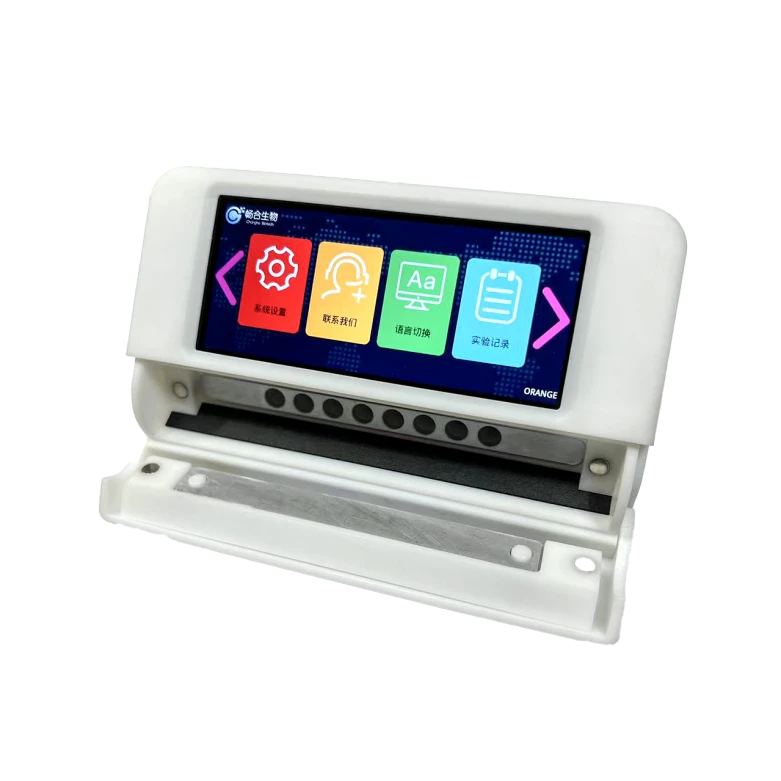
(real time fluorescence quantitative pcr)
Overview and Importance of Real Time Fluorescence Quantitative PCR
Real time fluorescence quantitative PCR, frequently abbreviated as qPCR or real time qPCR, has revolutionized scientific research and clinical diagnostics. This advanced technology enables the precise and rapid detection and quantification of nucleic acids within biological samples, which is paramount for fields such as infectious disease diagnostics, oncology, and genetic analysis. By combining the specificity of PCR amplification with real-time detection through fluorescence, researchers achieve unprecedented sensitivity and accuracy. As reported in 2023, the global real time fluorescence quantitative PCR market was valued at USD 4.2 billion and is projected to grow at a CAGR of 7.6% through 2028, underscoring its mounting significance across biomedical and agricultural applications.
Principles and Workflow of Fluorescence Quantitative PCR
In fluorescence quantitative PCR, amplification and quantification of DNA or RNA occur simultaneously thanks to the integration of fluorescent dyes or probes. The workflow typically begins with sample preparation, followed by the reverse transcription (if analyzing RNA), and the addition of PCR reagents and fluorescent markers. Each amplification cycle is monitored in real time: the fluorescent signal correlates directly to the amount of nucleic acid target present. Unlike conventional PCR, where end-point analysis is required, qPCR delivers quantitative data at every cycle, significantly shortening the detection time and minimizing contamination risks. Advanced thermocyclers facilitate multiplexing, enabling the detection of multiple targets within one reaction. This methodology is widely employed for gene expression profiling, pathogen detection, SNP genotyping, and gene copy number analysis.
Technical Advantages and Data Insights
Quantitative real time PCR stands out for its high sensitivity, reproducibility, and dynamic range. A primary advantage is its capacity to detect as few as 10-100 copies of target nucleic acids per reaction, a threshold unachievable by many conventional techniques. Furthermore, fluorescence quantitative PCR offers a linear quantification range spanning 7–9 orders of magnitude. Table 1 demonstrates key technical metrics in comparison with traditional PCR and digital PCR:
| Parameter | Fluorescence Quantitative PCR | Traditional PCR | Digital PCR |
|---|---|---|---|
| Detection Sensitivity | 10-100 copies/reaction | 1000+ copies/reaction | 1-10 copies/reaction |
| Quantification Range | 101–109 copies | 102–106 copies | 100–105 copies |
| Time to Result | 1–2 hours | 2+ hours (including post-PCR) | 2–3 hours |
| Multiplexing Capability | High (4–6 targets) | Low (manual detection) | Moderate |
| Automation Support | Fully automated | Manual | Semi-automated |
These data illustrate the superior performance of quantitative real time PCR in high-throughput, sensitive, and rapid nucleic acid quantification, supporting a wide breadth of clinical and research demands.
Comparative Analysis of Leading Vendors
The comprehensive capabilities of real time fluorescence quantitative PCR systems are shaped by the design and technology of major manufacturers. Globally recognized brands such as Thermo Fisher Scientific, Roche Diagnostics, Bio-Rad Laboratories, and Agilent Technologies have set benchmarks for instrument sensitivity, workflow automation, analytical software, and user experience. The following table compares key offerings of notable systems:
| Vendor/System | Detection Channels | Dynamic Range | Throughput | Analysis Software | Unique Feature |
|---|---|---|---|---|---|
| Thermo Fisher QuantStudio 7 | 6 | 9 logs | 384-well format | Cloud-enabled, AI-driven | Automated sample tracking |
| Roche LightCycler 480 | 5 | 7 logs | 96/384-well | Intuitive GUI | High-resolution melting |
| Bio-Rad CFX96 Touch | 5 | 8 logs | 96-well | Real-time reporting | Flexible plate formats |
| Agilent AriaMx | 6 | 8 logs | 96-well | Integrated data QC | Modular optical cartridges |
Each system provides distinct advantages, such as digital connectivity, enhanced multiplexing, or unique thermal controls. Selection criteria should align with laboratory throughput requirements, sample complexity, and software ecosystem compatibility.
Customization Options and Flexible Solutions
Given the diversity of research needs and diagnostic targets, solution customization for fluorescence quantitative PCR is increasingly vital. Leading vendors offer an array of modules—ranging from specialized probe chemistries and enzyme formulations to bespoke analysis workflows—enabling seamless integration into existing laboratory processes. For example, environmental testing labs may require pathogen-specific assays optimized for field samples, while pharmaceutical users prioritize 21 CFR Part 11-compliant data archiving and traceability. Bespoke qPCR kits can include lyophilized reagents for long-term stability, or hydrolysis probes designed for rare mutation detection. Furthermore, cloud-based AI analysis platforms are increasingly incorporated, permitting real-time collaborative genomics investigations across global R&D teams. This flexibility future-proofs investments and accelerates result delivery across varied domains.
Diverse Application Scenarios and Case Studies
Real time fluorescence quantitative PCR is now fundamental to a variety of high-impact analytical workflows. In clinical diagnostics, qPCR is routinely deployed for viral load monitoring (e.g., HIV, hepatitis B/C) and rapid pathogen screening, with turnaround times as low as 90 minutes—crucial during emergent outbreaks. A leading cancer research center leveraged digital multiplex qPCR to simultaneously quantify expression of 12 oncogenes from only 50 ng of total RNA, reducing sample processing time by 70% versus legacy methods. In agriculture, a major crop biotech company implemented customized qPCR panels to screen for transgenic traits across 10,000 maize samples monthly, exceeding 99.5% specificity and boosting throughput by 300%. Environmental scientists now rely on portable fluorescence quantitative PCR systems to detect waterborne pathogens on-site, resulting in a 40% cost reduction compared to centralized testing. These real-world successes demonstrate the unmatched versatility and impact of quantitative real time PCR technology.
Summary: Driving the Future of Molecular Diagnostics with Real Time Fluorescence Quantitative PCR
As the demands for precision, speed, and scalability continue to accelerate, real time fluorescence quantitative PCR stands as an indispensable pillar of modern molecular diagnostics and life science research. Its unique blend of sensitivity, quantitativeness, and automation empowers laboratories to achieve robust and reproducible results, offering profound improvements in clinical care, agriculture, environmental technology, and beyond. With ongoing advances in detection chemistries, cloud-integrated analysis, and system modularity, fluorescence quantitative PCR is positioned to drive innovation in personalized medicine and global health for years ahead.
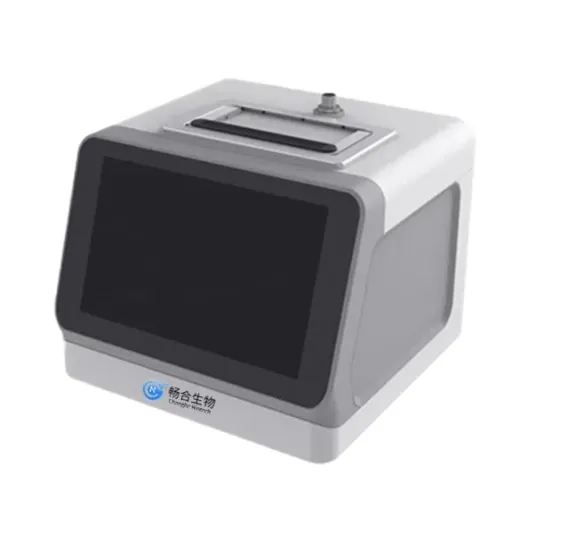
(real time fluorescence quantitative pcr)
FAQS on real time fluorescence quantitative pcr
Q: What is real time fluorescence quantitative PCR?
A: Real time fluorescence quantitative PCR is a laboratory technique used to amplify and simultaneously quantify a targeted DNA molecule. It uses fluorescent dyes to monitor the reaction as it occurs in real time. This method is widely used in gene expression and pathogen detection studies.Q: How does fluorescence quantitative PCR differ from traditional PCR?
A: Fluorescence quantitative PCR allows real-time detection and quantification of PCR products using fluorescent markers. Traditional PCR only provides end-point results, while quantitative PCR tracks the amplification process as it happens. This makes it more accurate for determining DNA amounts.Q: What are the main applications of quantitative real time PCR?
A: Quantitative real time PCR is commonly used for gene expression analysis, virus or pathogen detection, and genetic variation studies. It provides precise quantification of nucleic acids in samples. Its sensitivity and specificity make it suitable for diagnostics and research.Q: Why is real time PCR considered quantitative?
A: Real time PCR is considered quantitative because it measures the amount of DNA after each PCR cycle using fluorescent signals. The increase in fluorescence is directly proportional to the DNA generated. This enables accurate determination of the starting DNA concentration.Q: What are the advantages of using real time fluorescence quantitative PCR?
A: Real time fluorescence quantitative PCR offers high sensitivity, specificity, and rapid results compared to conventional PCR. It reduces contamination risk by minimizing post-PCR handling. These advantages make it ideal for clinical diagnostics and research purposes.-
Affordable Tuberculosis PCR Test Accurate Results & Fast DiagnosisNewsJul.06,2025
-
Real-Time PCR System for Rapid Tuberculosis Detection – Accurate & Reliable ResultsNewsJul.05,2025
-
Comprehensive Feline Respiratory PCR Panel – Accurate Upper Respiratory DiagnosticsNewsJul.05,2025
-
Fluorescence PCR Detection System High Sensitivity & AccuracyNewsJun.24,2025
-
Potassium Chloride in Polymerase Chain Reaction Enhance PCR Accuracy & EfficiencyNewsJun.24,2025

